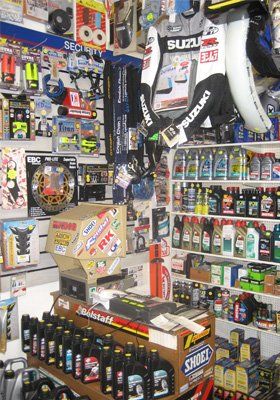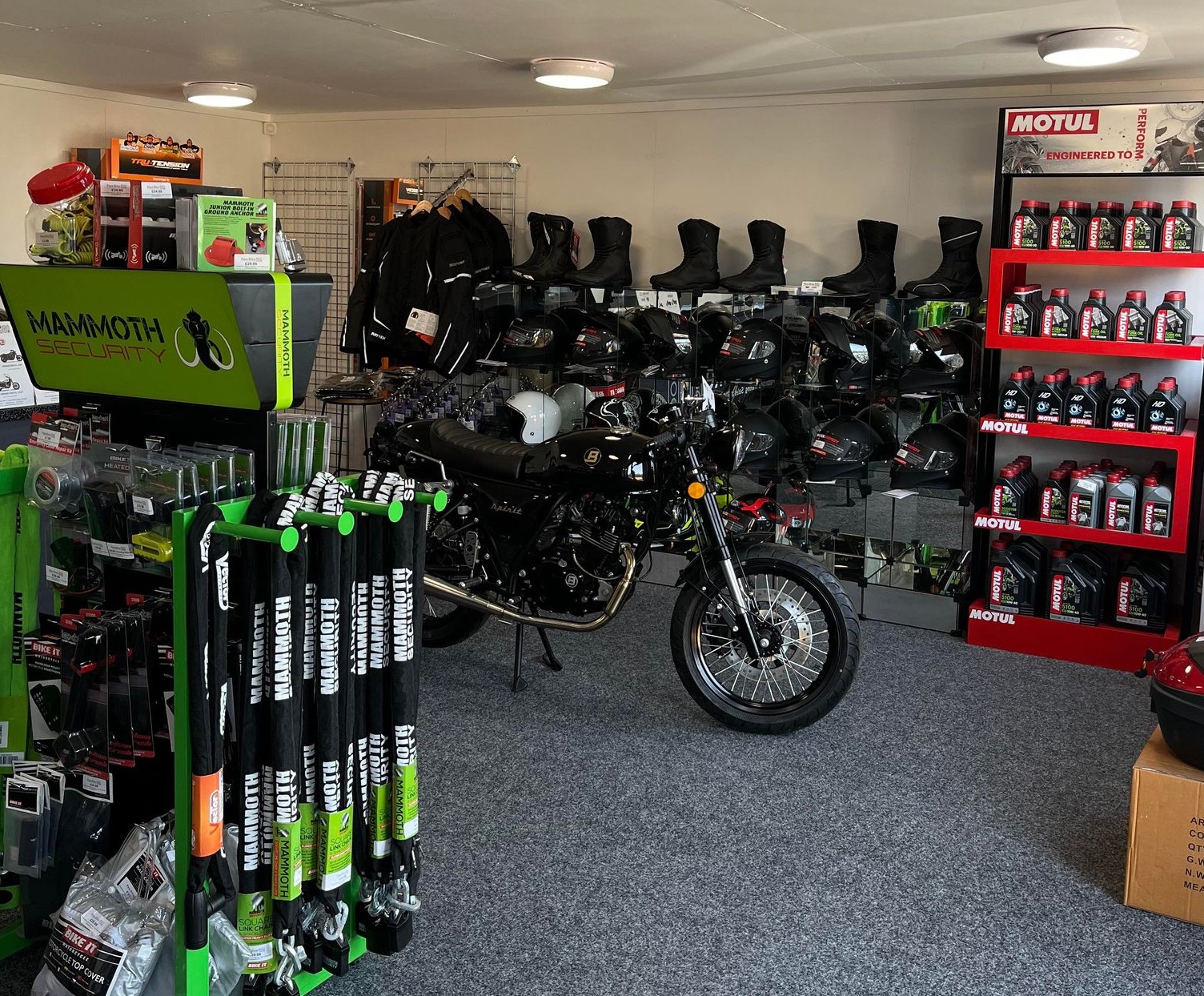See Our Motorcycle Shop for Expert Guidance and High Quality Products
See Our Motorcycle Shop for Expert Guidance and High Quality Products
Blog Article
Mastering Bike Gears: Exactly How to Maximize Your Riding Experience
In the realm of motorcycling, understanding the art of gear control is critical for improving your riding efficiency. Effectively recognizing and using motorbike equipments can significantly impact control, gas, and acceleration efficiency, changing a typical experience into a smooth, exciting trip. By integrating precise shift timing and adapting gear selection to numerous road conditions, bikers can make certain optimum engine performance and safety and security. The nuances of clutch control, throttle sychronisation, and equipment mechanics beckon a deeper exploration, guaranteeing to unlock the full potential of your machine. How can these techniques be harnessed to really optimize your riding experience?
Comprehending Gear Mechanics
At the core of bike dynamics, equipment technicians play a crucial role in transforming engine power into movement, inevitably determining rate and control. The gear proportions, carefully created, figure out the relationship between engine transformations and wheel turns, affecting acceleration and gas performance.
Recognizing equipment auto mechanics starts with identifying the significance of the transmission, which houses several gears of varying sizes. These equipments interact with a process referred to as meshing, where teeth of different gears engage to transmit power. The precision of this interaction is vital; any type of imbalance or damages can result in inefficient power transfer, preventing efficiency. Furthermore, the plan and dimension of gears influence the bike's ability to handle various loads and speeds.
Furthermore, the principle of equipment moving is essential to taking full advantage of efficiency. Smooth and timely changes guarantee that the engine operates within its optimum power band, preventing unneeded pressure and boosting long life (motorbike shop). By understanding these mechanical details, cyclists can attain a harmonious blend of power, control, and efficiency, boosting their riding experience
Timing Your Shifts
Shift timing proficiency is necessary for enhancing motorbike performance and improving the riding experience. Effectively timed changes ensure that the engine runs within its optimum power band, which is critical for preserving control, achieving smooth velocity, and making sure the longevity of the motorbike. Bikers need to develop an user-friendly sense of when to move gears, which involves understanding the partnership in between engine transformations per minute (RPM) and rate.
To grasp shift timing, pay very close attention to the engine's noise and feel, as these give important clues concerning when to change equipments. The ideal change factor normally takes place when the engine approaches the top series of its power band without getting to the redline. Shifting prematurely can cause a lack of power, while shifting too late might cause unnecessary engine stress
Additionally, roadway problems and riding style impact shift timing. In urban setups, smoother and much more regular changes may be essential to browse web traffic efficiently. On the other hand, during freeway riding, less changes at higher rates can be better suited. Practicing in different atmospheres will certainly boost your ability to time shifts specifically, ultimately elevating your riding experience to a specialist level.
Enhancing Fuel Effectiveness
While understanding motorbike equipments is critical for performance, enhancing gas efficiency is just as important for both economic and ecological reasons. Optimal fuel usage not just lowers functional prices but additionally minimizes the eco-friendly impact of riding. To achieve this, one must comprehend the complex partnership in between gear choice and engine performance.
Riding in a higher equipment at reduced rates can lead to engine carrying, which is detrimental to both gas economic climate and engine health and wellness. Alternatively, riding in lower gears at high speeds results in unneeded gas consumption.
Furthermore, normal maintenance plays a pivotal duty in gas effectiveness. Ensuring that the bike is well-tuned, with clean air filters and properly pumped up tires, can boost the rules of aerodynamics and decrease fuel wastage. Furthermore, embracing a riding design that welcomes progressive acceleration and smooth deceleration can contribute to much better fuel economic situation.

Techniques for Smooth Transitions
Attaining smooth equipment transitions is essential to improving the riding experience and making sure the long life of a motorbike's transmission system. Appropriate gear moving not just contributes to a seamless adventure yet additionally reduces deterioration on the mechanical components. To master the art of smooth transitions, cyclists have to concentrate on a couple of key strategies.

Secondly, clutch control plays a critical role. Engaging and disengaging the clutch smoothly calls for technique. The clutch lever ought to be released slowly, allowing for a smooth transfer of power from the engine to the wheels without causing a shock or abrupt motion.

Adjusting to Road Conditions
Navigating varied roadway problems is a crucial skill for any type of motorcyclist aiming to preserve control and safety. Whether you're riding on wet surface areas, crushed rock roads, or navigating doglegs, your capacity to adapt your gear use and riding strategy is extremely important. Recognizing just how to change your gears appropriately can dramatically affect traction and stability, ensuring a safer journey.
On wet roads, it is a good idea to maintain higher gears to reduce torque and decrease wheel spin. This technique helps preserve grip on slippery surface areas, permitting smoother acceleration and slowdown. On the other hand, when riding on gravel or uneven surface, lower equipments are more effective. Lower gears provide better control and allow you to respond more quickly to unforeseen modifications in the road surface.
Sharp contours demand specific gear management to stabilize rate and control. Downshifting prior to entering a curve can help preserve energy while ensuring dirtbike helmet the motorbike remains secure throughout the turn. Constant practice in different problems improves your ability to react and forecast to changes in roadway structure and slope.
Final Thought
Mastering bike equipments considerably boosts the riding experience by improving velocity, control, and fuel efficiency. A thorough understanding of equipment mechanics and precise change timing makes sure the engine operates within its ideal power band, while smooth shifts through reliable clutch and throttle coordination increase comfort and performance. Adapting gear selection to various road problems, such as making use of greater gears on damp surface areas and lower gears on gravel, additional enhances handling and security. Eventually, these skills boost the general journey.
Comprehending gear mechanics starts with identifying motorbike cover the relevance of the transmission, which houses several gears of differing dimensions. These gears engage through a process known as meshing, where teeth of different equipments engage to transmit power (motocross parts nz). Gentle adjustments to the throttle throughout equipment shifts can avoid jerky movements and maintain a consistent riding pace
Whether you're riding on damp surfaces, crushed rock roadways, or browsing sharp turns, your capability to adjust your gear usage and riding technique is critical. Adapting gear option to different road problems, such as using greater equipments on wet surfaces and reduced gears on crushed rock, further improves handling and safety.
Report this page